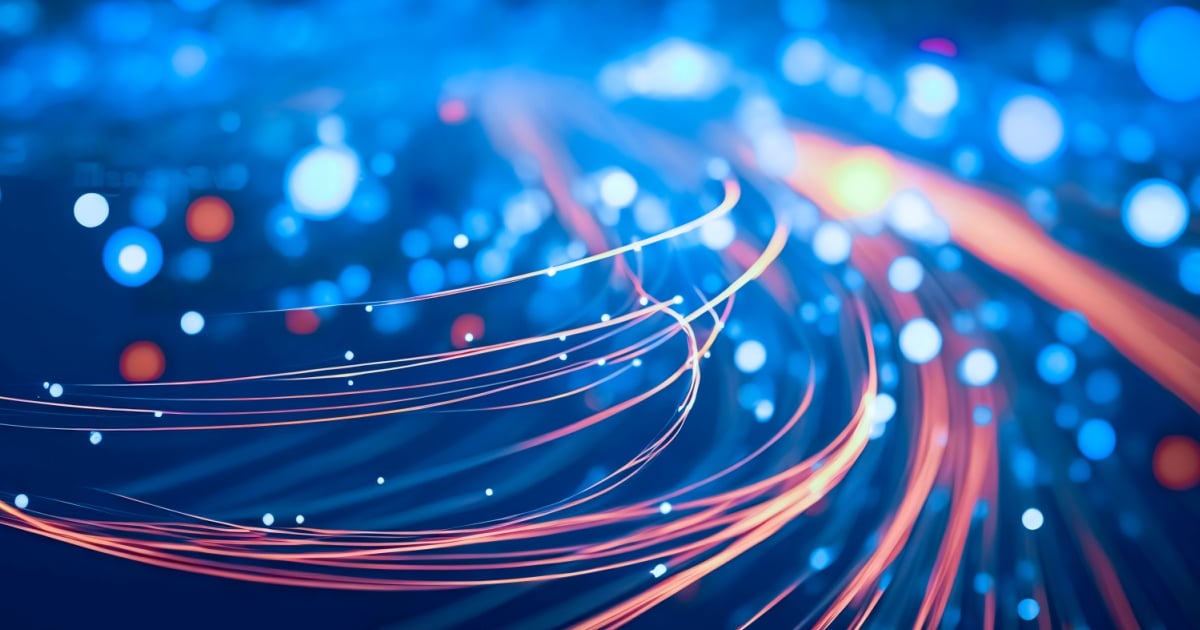
The spectacular growth of Microsoft Teams shows no signs of slowing down, having been given a boost by the need to support WFA (work from anywhere) mandates during the pandemic. What the pandemic brought into the spotlight for IT leaders who may have been on the fence about investing in more powerful, remote-working tools like Teams is that end users became quickly comfortable with them, and productivity in many cases improved.
With the “Great Resignation” now impacting employers, having tools that enable more flexible lifestyles, including 100% remote working, or hybrid working with a few days each week in the office, and a few working from home, one of the most important investments companies wishing to attract, retain and support their workforce is providing great tools, which are also secure and compliant.
Microsoft Teams saw a huge uptick in users during the pandemic, rising from 20 million users in November 2019 to 44 million in March 2020, and growing exponentially to reach 270 million by December 2021.
Communications Service Providers (CSPs) and Managed Service Providers (MSPs) are rolling out competitive offerings given market demand and are doing so in large part by ensuring a premium Teams experience by adding Microsoft Phone System to Teams, and by invoking Direct Routing, described by Microsoft as “enabling organizations to add external calling to the PSTN for their Teams users while retaining their existing carrier contracts.”
One of the pioneers in direct routing, Kandy, developed an upgraded version of direct routing called Direct Routing as a Service (DRaaS). DRaaS is an easy to implement solution which is 100% cloud-based, in which the SBC sits in the Kandy cloud such that neither the service provider nor the enterprise have to worry about it. Kandy’s DRaaS – not to be confused with Disaster Recovery as a Service – was created specifically to help service providers address the needs of organizations as they rollout Microsoft Teams voice calling to all their off-net employees, partners, and even customers.
“With the increased use of technology and remote work, these communications tools have become essential to business success,” said Phil Linttell, Sr Director at Kandy, which also built one of the world’s first Communications Platforms as a Service (CPaaS) as well as the underlying Telco API platform for Tier One operators like AT&T.
“There is so much to be said about Microsoft Teams' collaboration capabilities,” Linttell said. “We are power users in our own company, taking advantage of all the features – channels, file sharing, shared calendars, application integrations and more, in addition to chat, voice, and collaboration capabilities. We are a global company with a highly distributed workforce, and we support many service providers in bringing premium services to their customers, including integration with the PSTN to support global calling in nearly every country in the world.”
While Microsoft Teams offers an assortment of enhancements, enabling PSTN access for conventional voice users brings challenges that have made some enterprises hesitant, Linttell explained. “Microsoft Calling Plans may be suitable for small enterprises, but many medium and large businesses require the benefits associated with keeping their existing carriers and voice plans.”
Kandy's DRaaS solution provides tenant setup, provisioning and management of phone numbers, users, license packages, and voice plans using an intuitive digital portal.
“Our ability to integrate into carriers’ networks, and deal with legacy infrastructure, gateways, interfaces, and services in the enterprise customers' networks and enable them to service their end-user customers with APIs is a real differentiator,” Linttell said. “Kandy’s CPaaS platform forms the backbone of Kandy’s Microsoft Teams DRaaS service and is designed to integrate with a carriers’ UCaaS and other third partner communications applications that require number and user management, SIP Trunking, and other capabilities.”
In July 2022, Microsoft shared detailed adoption numbers for Teams Phone System, noting on its earnings call that there are approximately 12 million active licenses in use. This represents a small fraction of the overall 270 million active Microsoft Teams seats active today (and growing steadily).
“This is a big market,” Linttell said, “and a huge opportunity for service providers to bring more value to their SMB and enterprise customers.”
Arti Loftus is an experienced Information Technology specialist with a demonstrated history of working in the research, writing, and editing industry with many published articles under her belt.Edited by
Erik Linask






